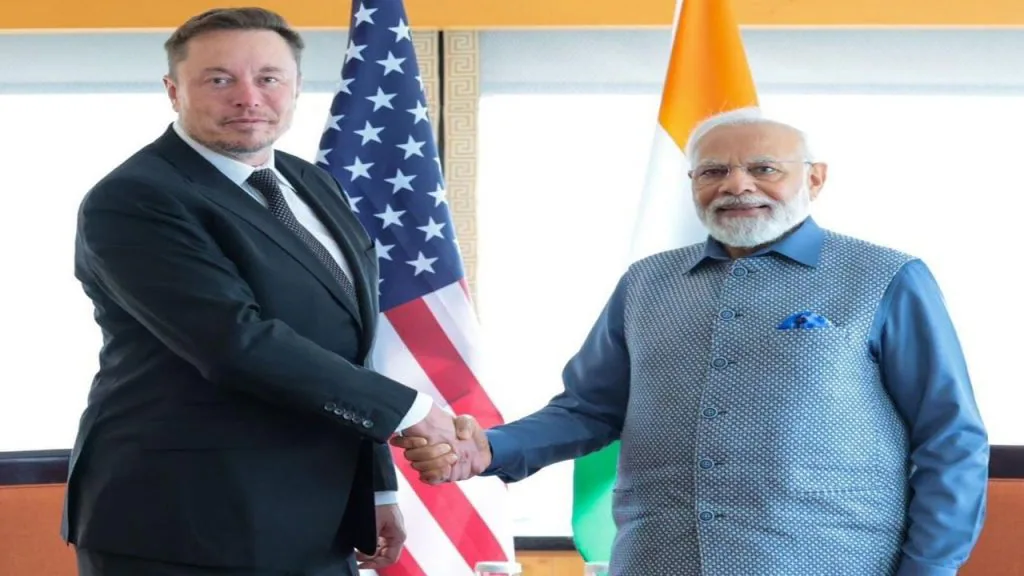A growing legal standoff between Elon Musk’s social media platform X (formerly Twitter) and Prime Minister Narendra Modi’s administration has drawn global attention, highlighting concerns over free speech and internet censorship in India.
At the heart of the dispute is India’s sweeping expansion of takedown powers. In 2023, the Modi government authorized all federal and state agencies, including local police, to issue content removal requests directly to platforms far beyond the earlier limits of a few central ministries. A government-run website, Sahyog (“collaboration”), launched in 2024, now facilitates these takedowns. But X, refusing to join the platform it brands a “censorship portal,” filed a lawsuit in March 2025, calling the orders unconstitutional and a direct threat to free expression.
The platform cited hundreds of takedown requests targeting content that included satire, political criticism, news of public tragedies, and even cartoons mocking inflation and flood preparedness. Among the examples: a cartoon featuring a red dinosaur labelled “inflation” and posts criticizing prominent politicians, including one that called a ruling party leader “useless.” Many of these posts remain online.
India’s government, however, defends its actions as necessary to curb harmful content, misinformation, and threats to public order. In court, officials submitted evidence showing over 1,400 takedown orders between March 2024 and June 2025, with 70% originating from the Indian Cybercrime Coordination Centre. Their argument: platforms like X are being misused to spread hate and destabilize communities.
Critics argue that the new regime undermines democratic accountability. “The executive branch cannot be both the arbiter of legality of media content and the issuer of takedown notices,” said Subramaniam Vincent of Santa Clara University.
While personal relations between Musk and Modi appear publicly cordial, the outcome of this court battle could shape the future of online speech in India one of X’s largest markets and a key territory for Musk’s broader ambitions with Tesla and Starlink.
This case underscores a global challenge: balancing freedom of expression with regulation in the digital age, especially when political power intersects with platform governance.

